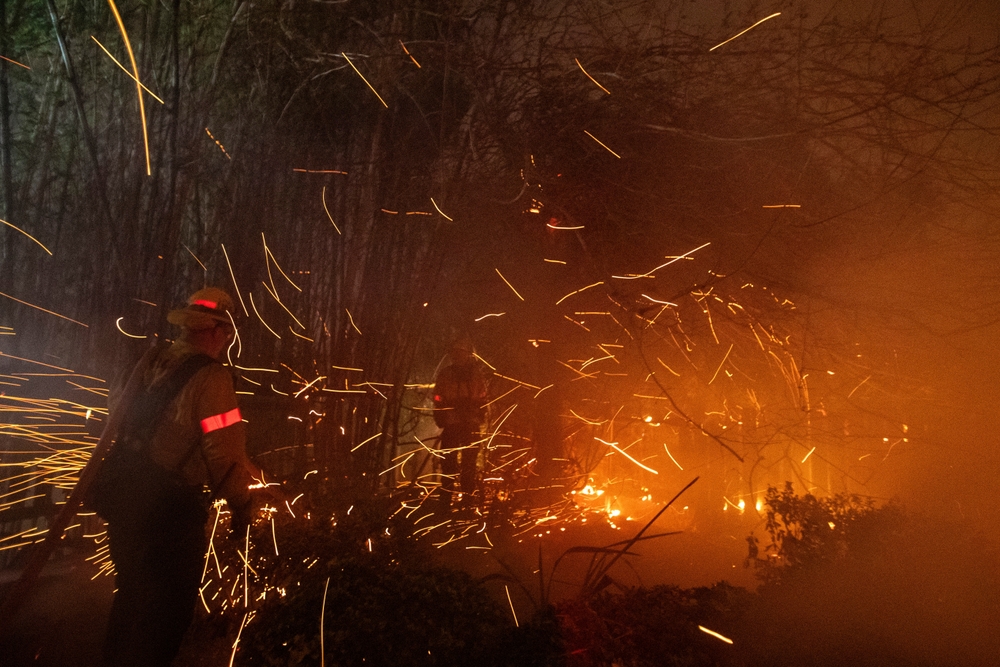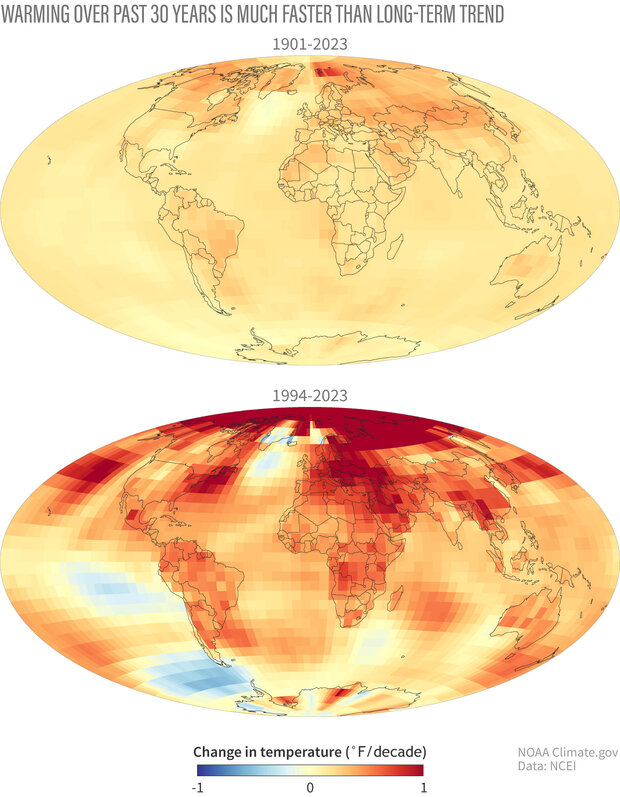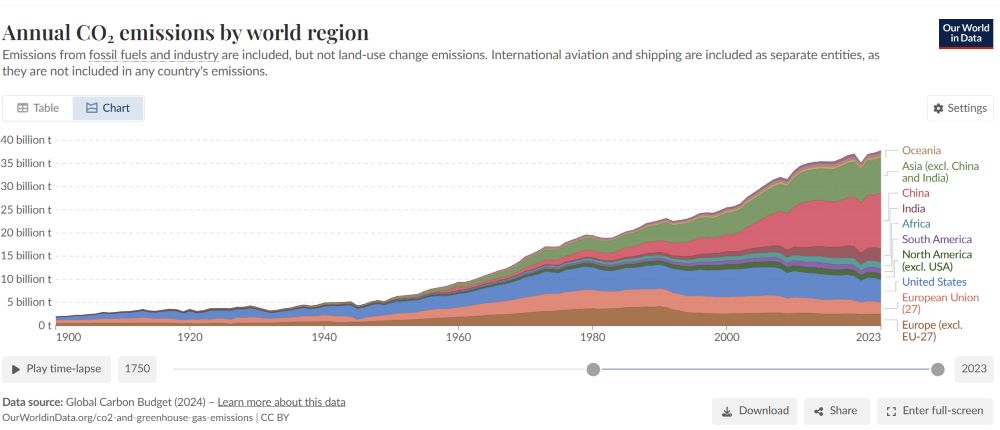The Los Angeles wildfires, as of this writing on January 19, are about 50% contained. But new red flag warnings are expected to return tomorrow. There is no simple way to summarize the emotional heartache the fires have caused. This climate-related trauma has hit hard. But here is a quick list of the quantifiable impacts.
LA Fire Climate-Related Trauma Hit Hard
- At least 27 dead
- Unknown number of people left homeless
- Nearly 200,000 people received evacuation orders
- More than 37,000 acres burned
- More than 15,000 structures destroyed or damaged
- Insured losses estimated by JP Morgan to exceed $20 billion
- Total economic losses estimated by JP Morgan approaching $50 billion
- Source: NBC News, as of January 19, 2025

Last week, Time magazine reported: “California has mobilized more than 12,000+ personnel including firefighters, guard service members, highway patrol officers and transportation teams to support the ongoing firefight. In addition, these response efforts include more than 1,660 pieces of firefighting apparatus, including 1,150+ engines, 60+ aircraft, dozers and 100+ water tenders to aid in putting out the fires.” Firefighters also included incarcerated prisoners released for the task, and crews from Mexico, Canada, and other states.
Good News from the Mideast, Still Trauma Hits Hard
On another front on January 19, the families of Israeli hostages and residents of Gaza are welcoming a ceasefire deal between Israel and Hamas, brokered by Qatar, Egypt, and the U.S. The impact of this tragic conflict on all sides, including the climate impacts, cannot be easily summarized, but The Guardian paints a picture of how it has affected Gaza in The devastating impact of 15 months of war on Gaza.
Sadly, there is no simple way to undo the human impacts or the greenhouse gas impacts of catastrophic wildfires and the horrors of war. There are so many way we burn up our precious resources, including our addiction to fossil fuels. All of them are sending us in the wrong direction, as these reports, first from The Guardian and, second the BBC, point out.

Bad Benchmarks on Climate Hit Hard
Hottest year on record sent planet past 1.5C of heating for first time in 2024 – “The average temperature in 2024 was 1.6C above preindustrial levels, data from the EU’s Copernicus Climate Change Service (C3S) shows. That is a jump of 0.1C from 2023, which was also a record hot year and represents levels of heat never experienced by modern humans. The heating is primarily caused by the burning of fossil fuels, and the damage to lives and livelihoods will continue to escalate around the world until coal, oil and gas are replaced. The Paris agreement target of 1.5C is measured over a decade or two, so a single year above that level does not mean the target has been missed but does show the climate emergency continues to intensify. Every year in the past decade has been one of the 10 hottest, in records that go back to 1850.”
Planet-warming gas levels rose more than ever in 2024 – “Concentrations of carbon dioxide (CO2) are now more than 50% higher than before humans started burning large amounts of fossil fuels. Last year, fossil fuel emissions were at record highs, while the natural world struggled to absorb as much CO2 due to factors including wildfires and drought, so more accumulated in the atmosphere. The rapid increase in CO2 is “incompatible” with the international pledge to try to limit global warming to 1.5C above pre-industrial levels, the Met Office says. This was the ambitious goal agreed by nearly 200 countries at a landmark UN meeting in Paris in 2015, with the hope of avoiding some of the worst impacts of climate change.”
Getting LA Fire Facts Straight
There was so much misinformation and disinformation about the Los Angeles fires, it is important to take time for a reality check on what really happened. This Associated Press article clarifies the factors that created the “perfect storm” for the catastrophe.
It’s not really the typical time for nasty California fires. What changed that? – “Start with supersized Santa Ana winds whipping flames and embers at 100 mph — much faster than normal — and cross that with the return of extreme drought. Add on weather whiplash that grew tons of plants in downpours then record high temperatures that dried them out to make easy-to-burn fuel. Then there’s a plunging and unusual jet stream, and lots of power lines flapping in those powerful gusts. Experts say that’s what is turning wildfires into a deadly urban conflagration. There’s no sure link between Santa Ana winds — gusts from the east that come down the mountains, gain speed and hit the coast — to human-caused climate change, said Daniel Swain, climate scientist for the California Institute for Water Resources. But a condition that led to those winds is a big plunge in the temperature of the jet stream — the river of air that moves weather systems across the globe — which helped bring cold air to the eastern two-thirds of the nation, said University of California Merced climate and fire scientist John Abatzoglou. Other scientists have preliminarily linked those jet stream plunges to climate change.”
Seeking Accountability – Losses Hit Hard
Efforts by climate action advocates in California tried to place responsibility for climate damage on the fossil fuel industry a year before the most recent fires raged. But to no avail, as The Guardian reports in: Big oil pushed to kill bill that would have made them pay for wildfire disasters – “In the year preceding the devastating Los Angeles county wildfires, big oil fiercely lobbied to kill a “polluter pay” bill that moved through the California senate and would have forced major fossil fuel companies to help cover the costs of climate disasters. Fossil-fuel industry lobbying in California spiked to record levels during the 2023-24 legislative session, and the polluter pay bill was among the most targeted pieces of legislation, a Guardian review of state lobby filings found.”

Tomorrow, on January 20, Donald Trump will be sworn in as the next President of the United States, with his MAGA Republican Party in the majority in both houses of Congress. While a liberal economist from Canada had made progress with a global climate action initiative, U.S. banks have backed out in advance of Trump’s presidency, as the CBC reports.
Ahead of Trump presidency, U.S. banks abandon Mark Carney climate initiative – “More than 160 financial institutions signed onto a kind of climate finance super-group known as the Glasgow Financial Alliance for Net Zero (GFANZ). At the time, Carney — who’s now an expected contender for Liberal leader — called it a watershed moment for the energy transition. But for some of those banks, it appears the moment has passed. Parts of the UN-sponsored initiative — originally designed to get banks aligned on and sharing investment practices for net-zero goals — are seeing notable dropouts. One offshoot, the Net-Zero Banking Alliance (NZBA), has seen every major U.S. bank quit in the span of the last month. The latest, JPMorgan Chase, offered no reason but said it ‘remain[s] focused on pragmatic solutions to help further low-carbon technologies while advancing energy security.’”
Be Prepared
With so much bad news, can we find some reasons for hope? First, we need to prepare ourselves. This podcast from My Climate Journey offers good advice on Preparing for the Inevitable: Why Adaptation Matters – “In this week’s podcast, Cody speaks with Kathryn Bakos from the Intact Centre on Climate Adaptation about creating resilience in the face of climate-induced risks and disasters. Kathryn’s insights highlight actionable steps we can take to better prepare for and adapt to the increasing frequency of these events. We hope this conversation offers insights and support during a time when it’s needed most.”

Keep Calm & Carry On, As Researchers Do
And, as always, researchers continue to seek and find potential solutions to warming of our planet and the increase in greenhouse gases that accompany it. The Washington Post Climate Solutions reports on one optimistic development, in How an antacid for the ocean could cool the Earth – “The world’s oceans stow vast amounts of carbon dioxide. Now, a growing group of scientists and companies say they’ve found a way to increase that storage capacity by tweaking ocean water chemistry. The technique, known as ocean alkalinity enhancement, usually involves dissolving acid-neutralizing rocks in the ocean, allowing it to absorb more carbon dioxide. Researchers have been exploring this technology for the last five years, but over the last two months, at least a couple of start-ups have begun operation along the Atlantic and Pacific coasts. Planetary, a start-up based in Nova Scotia, removed 138 metric tons of carbon last month for Shopify and Stripe. The start-up Ebb Carbon is running a small site in Washington state that can remove up to 100 carbon metric tons per year and committed in October to remove 350,000 metric tons of carbon from the atmosphere over the next decade for Microsoft.”
Over at Inside Climate News, reporters offer a thorough look at the efforts in various states to address the climate crisis, in What to expect from state governments on renewable energy policy in 2025 – “In the eight intervening years, most of the states with the political will to pass major clean energy legislation have already done so. Now they are focusing on the granular and challenging process of implementation. Also, the markets for renewable energy and EVs are more mature than before, which leaves states to focus as much on managing growth as they would on nurturing emerging technologies.”
Heeding Lessons from the Past
Last, but not least, Ben Shwab Eidelson, aka Climate Papa, has an informative podcast with a look back at lessons from history that many help keep our heads in perspective. Making sense of the Los Angeles fires with Jay Ribakove from Convective Capital – “There was a fire that burned for 29 hours. It destroyed over 17,000 buildings, killed over 300 people, and left more than 100,000 homeless. This was the Great Chicago Fire of 1871. Out of the ashes, Chicago rebuilt itself into a global model of resilience. The disaster spurred major changes, including the use of fire-resistant building materials, stricter safety codes, the expansion of the fire department, and the modernization of water and sewer systems. It ultimately set the conditions for Chicago to become the birthplace of the skyscraper and a leader in architecture and urban planning.”
“The fires in Los Angeles are still burning. The devastation is immense and heartbreaking. To grasp for some meaning, I’ve been reflecting on the history of Chicago—not as a direct analogy but as a beacon of hope. Hope that something long-lasting and transformative can come from this disaster. That we can be collectively catalyzed not just to rebuild, but to rebuild smarter—with better tools, better systems, and to rebuild resiliently. That is my hope for Los Angeles and its amazing people.”
To boost your hopes a bit more, take a step back to September: Be Optimistic and Showcase Climate Solutions!









